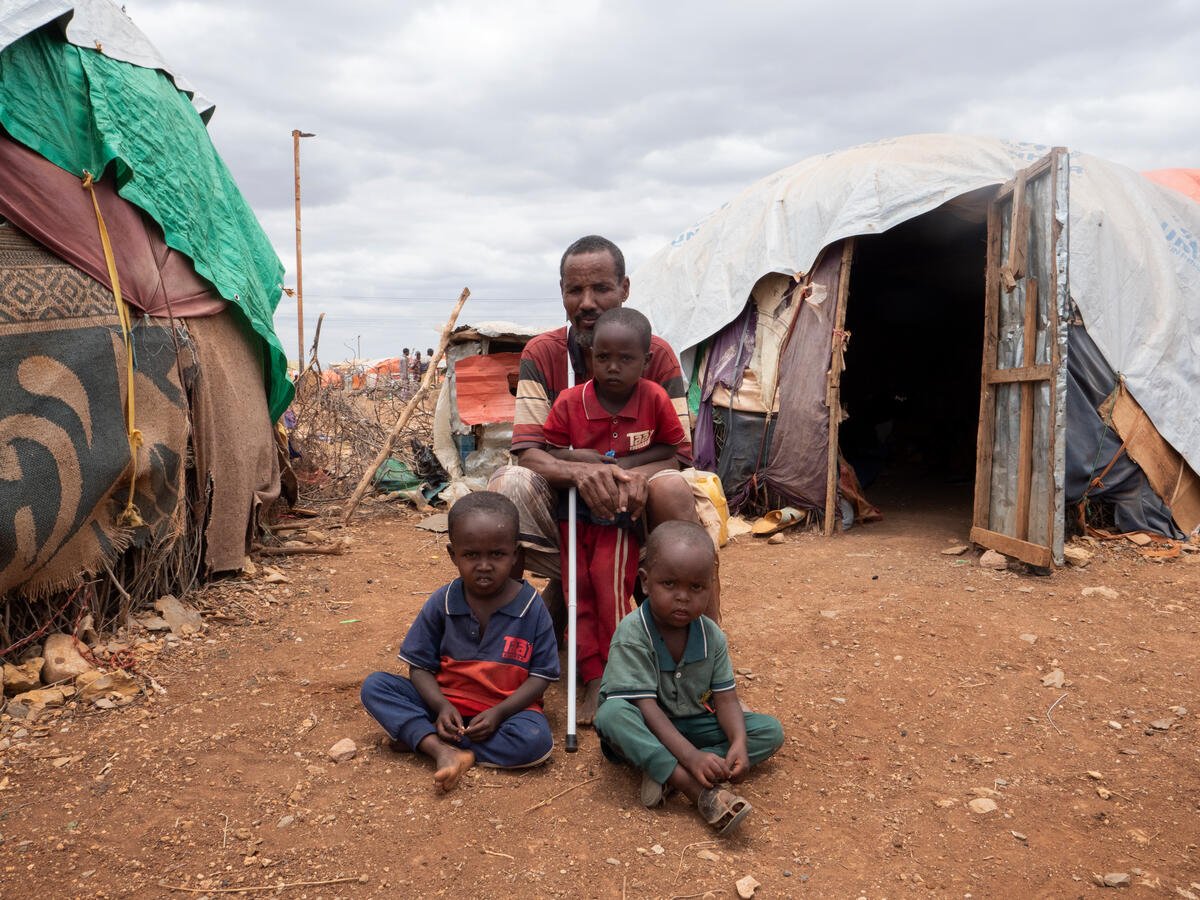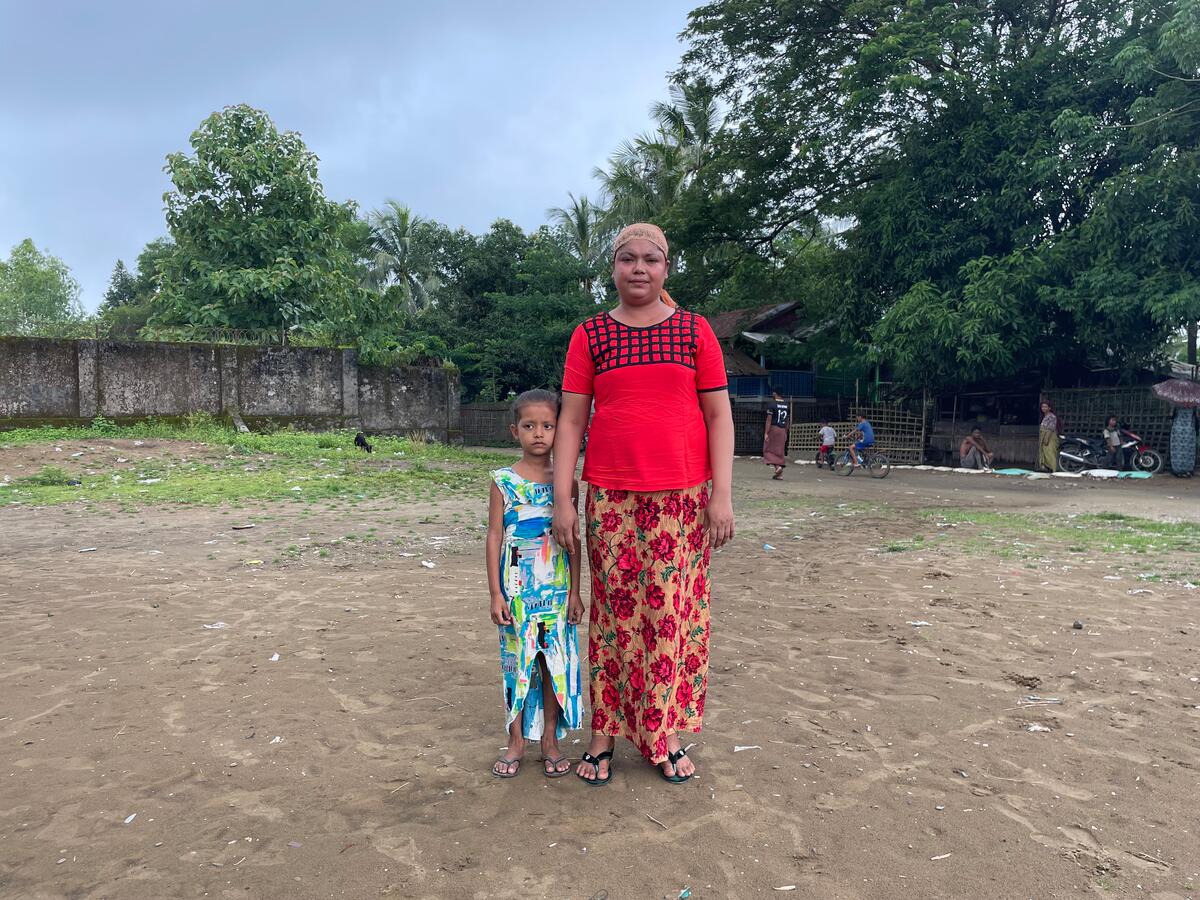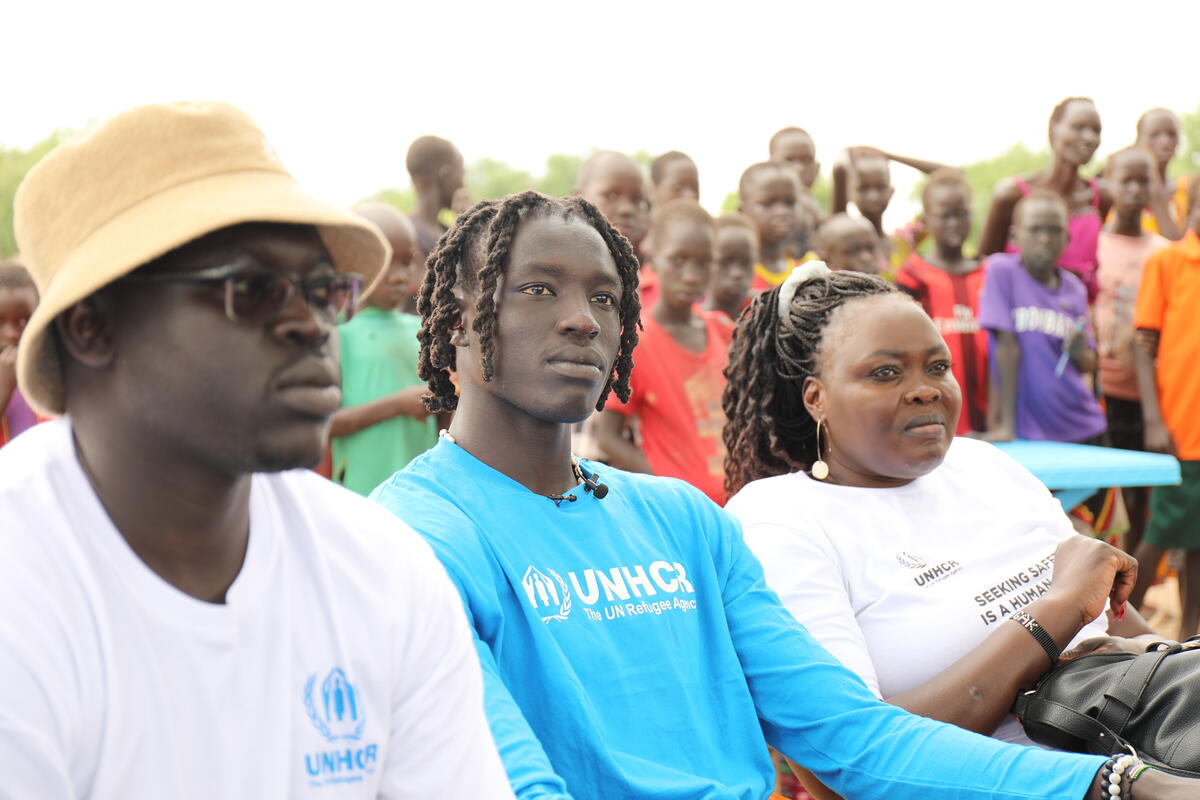Internal displacement update for Iraq
Internal displacement update for Iraq
According to a report issued last week by the working group on internally displaced people (IDPs) in Iraq, it is estimated that over 2.77 million people are currently displaced inside the country. Of these, 1.2 million were displaced before 2006 and more than 1.5 million were displaced in 2006 and 2007.
Most of the post-2006 IDPs come from Baghdad and Diyala. Less than 1 percent have been displaced in 2008. The large difference between the current and last IDP count on 31 December 2007 - an increase of around 300,000 individuals - is largely due to the improved entry of IDP data in the central Ministry of Displacement and Migration (MoDM) database.
The working group uses surveillance data gathered by the MoDM, the Kurdistan Regional Government (KRG), International Committee of the Red Cross (ICRC), UNHCR, the International Organization for Migration (IOM), other UN agencies and non-governmental organisations (NGOs).
The majority of pre-2006 IDPs were displaced in the three northern governorates (53 percent) and in the south (33 percent). But 58 percent of post-2006 IDPs are displaced in the six central governorates, 27 percent in the south and 15 percent in the three northern governorates. More than 560,000 IDPs are presently living in Baghdad Governorate.
The report notes that new displacement is continuing at a much lower pace than in the previous two years, which is partly due to the presence of more homogeneous communities, districts and neighbourhoods; consequent media information campaigns; a decrease in security incidents; restriction of freedom of movement in many Iraqi governorates; and exhaustion of resources for many families.
New secondary displacement has been reported in Baghdad, however. Many of the Iraqis who decided to return to Iraq the end of last year - often after having run out of resources - found themselves displaced again in Baghdad as property had been destroyed, looted or occupied. A total of 40 percent of surveyed IDPs in Baghdad fled due to direct threats and forced eviction from their property, while between 10-17 percent fled due to generalized violence and fear.
The report says that at present, large-scale return movements have not been noted and that the actual number of internally displaced and refugee returnees remain uncertain. According to the latest figures released by the MoDM, nearly 6,000 IDP families have returned so far (2 percent of post-2006 IDPs), while approximately 45,000 Iraqi refugees (individuals) returned from Syria in 2007. Among the reasons of return are deteriorating conditions in places of displacement; lack of proper resources or having run out of savings; tribal reconciliation and reports of improved security in areas of origin.
Returnees mostly go to neighbourhoods/districts/governorates where their communities represent the majority and which often are not their original homes. To date, only a few families returned to areas under control of other communities. No members of minority groups (e.g., Christians, Sabaean-Mandaeans and Yazidis) have been reported to be among the returnees.
According to the current estimation, the number of IDPs in need of adequate shelter and food is now higher than 1 million. In addition, over 1 million cannot access regular income. Around 300,000 individuals have no access to clean water and are in need of legal aid to enable them to access other basic services.
In January UNHCR appealed for $261 million for Iraqi refugees and internally displaced. So far, we have received just over a third of that amount. Getting help to many of the internally displaced is still extremely difficult because of insecurity in much of the country. Most of UNHCR's work inside Iraq is overseen by local staff in coordination with Iraqi aid agencies. This year, we are focusing on getting assistance to 400,000 of the most vulnerable IDPs in Iraq. Programmes include protection and legal help through a network of Protection and Assistance Centres; counselling; provision of household and shelter items; support for camps for the internally displaced; and infrastructure rehabilitation projects to increase the capacity of local communities struggling to cope with internally displaced populations.








